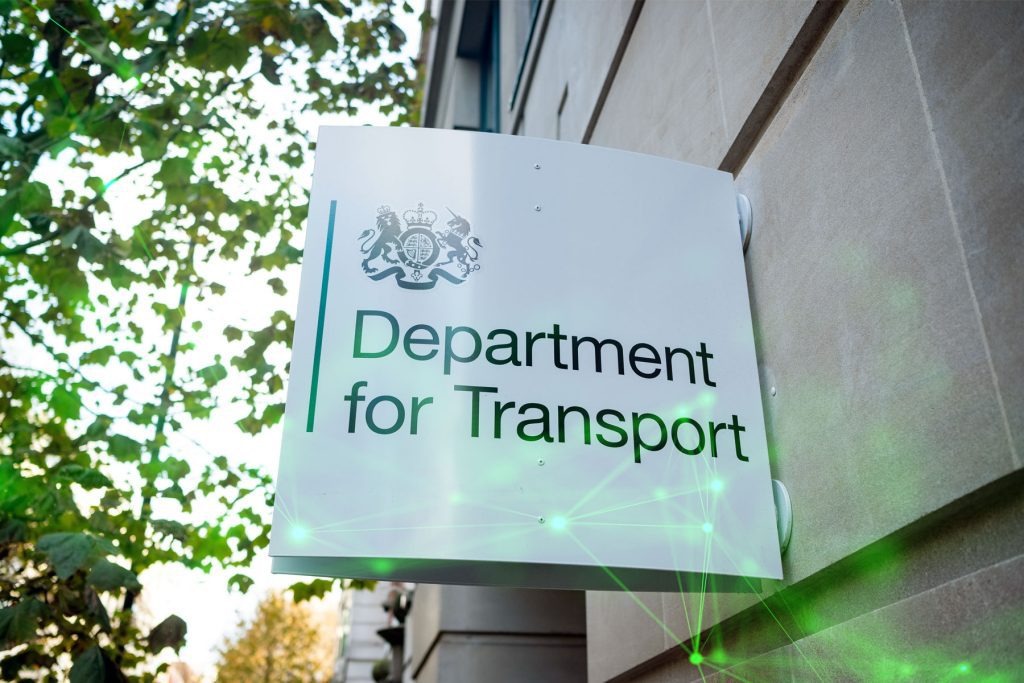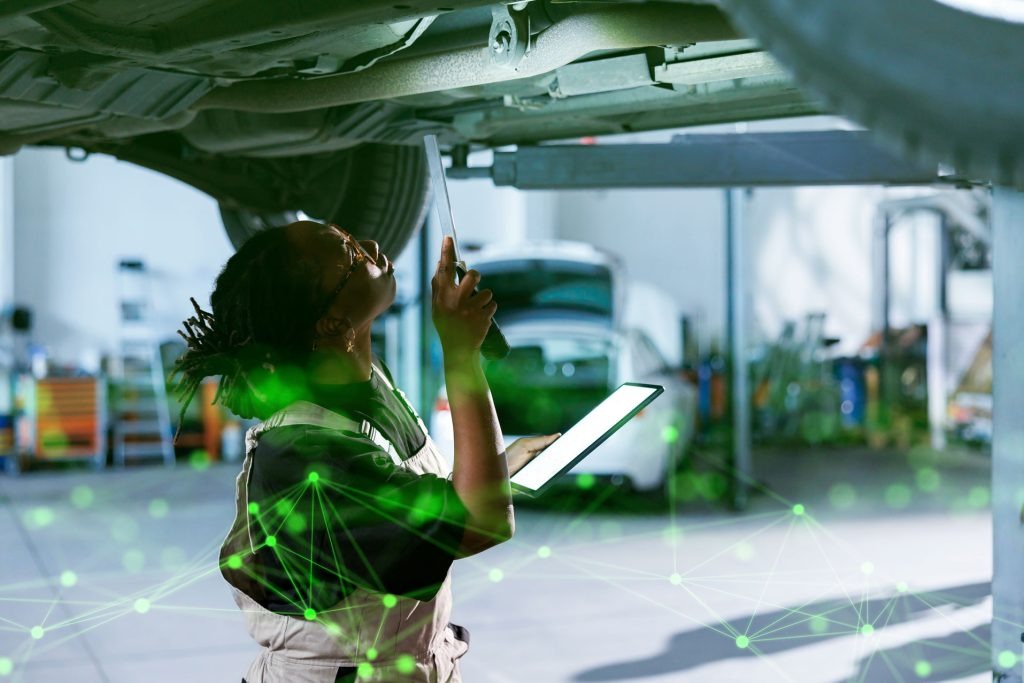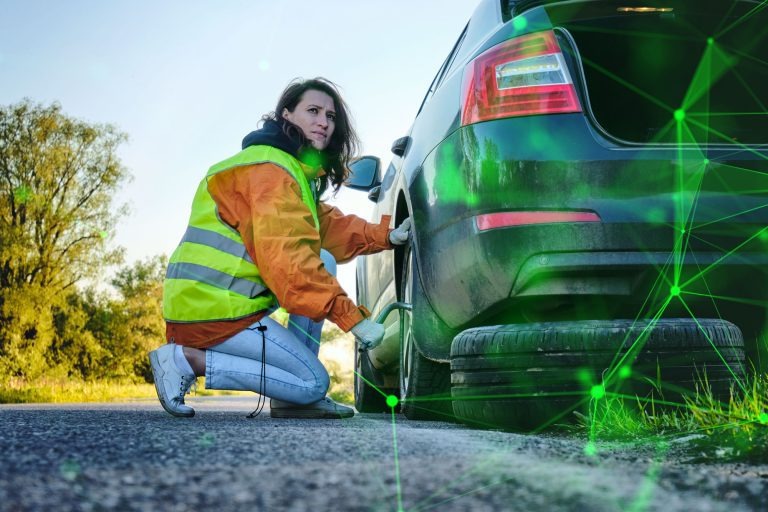What is the DVLA?
Definition and Historical Background.
The DVLA stands for Driver and Vehicle Licensing Agency. It was established in 1965 to maintain an up-to-date register of drivers and vehicles in Great Britain. Initially part of the Central Office of Information, it became an executive agency of the Department for Transport in 1990. By keeping track of drivers and vehicles, the DVLA helps to ensure that only those who are legally qualified can drive and that all vehicles on the road are registered and taxed.
Role and Responsibilities.
The DVLA handles a broad range of tasks, all crucial to the smooth operation of UK roads. Its primary responsibilities include issuing driving licenses, maintaining a database of drivers and vehicles, and collecting vehicle excise duty, often known as road tax. Additionally, the DVLA is responsible for ensuring that all drivers meet the necessary medical standards to drive.
Services Provided for Drivers and Vehicle Owners.
For drivers, the DVLA offers services like issuing and renewing driving licenses, updating personal details, and providing information on driving entitlements. For vehicle owners, the agency manages vehicle registration, taxation, and the issuing of vehicle registration certificates (V5C). The DVLA also oversees the sale of personalized registration plates and helps with the transfer of vehicle ownership.
Governance and Regulatory Oversight.
Operating under the Department for Transport, the DVLA is subject to various checks and balances to ensure it fulfills its duties effectively and transparently. It works closely with other government bodies and law enforcement agencies to adhere to regulations and maintain public trust.

What is the DVSA?
Definition and Establishment.
The DVSA stands for Driver and Vehicle Standards Agency. Formed in 2014 from the merger of the Driving Standards Agency (DSA) and the Vehicle and Operator Services Agency (VOSA), the DVSA focuses on improving road safety and setting standards for driving and vehicle safety. The DVSA is dedicated to ensuring that drivers and vehicles meet the high standards required to keep UK roads safe.
Distinct Role and Responsibilities Compared to the DVLA.
While the DVLA focuses on licensing and registration, the DVSA’s role is more about standards and safety. The DVSA oversees driving tests, vehicle inspections, and the regulation of driving instructors. Their mandate includes ensuring that vehicles are safe to be on the road and that drivers have the necessary skills and knowledge to drive safely.
Focus on Vehicle Standards and Road Safety.
The DVSA conducts annual MOT tests to ensure vehicles meet environmental and safety standards. They also carry out roadside checks and investigations into illegal activities such as tachograph tampering. For drivers, the DVSA administers theory and practical driving tests, ensuring that new drivers are well-prepared for the responsibilities of the road.
Services Provided for Drivers, Vehicle Owners, and the Industry.
Beyond testing and inspections, the DVSA provides guidance and support for driving instructors, fleet operators, and commercial vehicle owners. They offer educational resources and consistency across the industry, ensuring that everyone adheres to the same high standards. Additionally, the DVSA handles complaints and enforcement actions related to road safety violations.
Key Differences Between DVLA and DVSA.
Detailed Comparison of Services and Responsibilities.
The DVLA and DVSA serve different but complementary roles. The DVLA handles administrative functions like licensing and registration, while the DVSA focuses on operational aspects like testing and compliance. This division ensures that every aspect of driving and vehicle ownership is regulated and maintained to the highest standards.
How the Agencies Complement Each Other in the UK Driving Framework.
By splitting responsibilities, the DVLA and DVSA can specialize and excel in their respective areas. The DVLA’s detailed records enable the DVSA to verify information quickly during inspections and tests. Together, these agencies create a comprehensive framework that keeps roads safe and drivers compliant with UK laws.

Implications for UK Drivers, Vehicle Owners, and Instructors.
How the Agencies Impact Day-to-Day Activities and Legal Compliance.
Understanding the roles of these agencies helps ensure compliance with UK driving laws. For instance, knowing when and how to renew your license through the DVLA or ensuring your vehicle passes its MOT test via the DVSA can prevent legal issues and enhance safety.
Insights into Road Safety and Vehicle Standards.
Both agencies contribute significantly to road safety and vehicle standards. The DVSA ensures that only safe vehicles and skilled drivers are on the road through strict testing and inspections. Meanwhile, the DVLA keeps detailed records and handles licensing to keep things orderly and accountable.

Recent Updates and Future Developments.
Significant Changes in the Roles or Services of the DVLA and DVSA.
Both agencies continually evolve to meet new challenges and incorporate technological advancements. Recent updates include the DVLA’s move towards more digital services to streamline processes and the DVSA’s adoption of enhanced vehicle testing methods to improve accuracy and efficiency.
Anticipated Impacts on the Driving and Vehicle Ownership Experience in the UK.
Future developments may include further integration of digital technology, making interactions with these agencies more convenient and efficient. For instance, digital driving licenses and online vehicle inspections could become the norm, simplifying compliance for drivers and vehicle owners.
Conclusion.
Understanding the meaning of DVLA and DVSA is crucial for anyone involved in driving or owning a vehicle in the UK. These agencies play vital roles in ensuring road safety, maintaining vehicle standards, and upholding legal compliance.
By familiarizing yourself with their functions and staying updated on recent developments, you can better navigate the complexities of UK driving laws and enjoy a safer, more efficient driving experience.
Related posts

Mastering the O License: Your Guide to Operator's Licenses
Starting a business as an HGV driver or courier might seem daunting, but obtaining the right licenses can make your path smoother. One crucial license you need to know about is the O license. This comprehensive guide will walk you through what it is, how to get it, and why it's vital for your business.

What Does a Log Book Look Like? Guide to Vehicle V5C's.
If you're a vehicle owner, you've probably heard about the log book, also known as the V5C. But what exactly is it, and why is it so important? A log book is an official document issued by the Driver and Vehicle Licensing Agency (DVLA) in the UK. It's essentially the vehicle's birth certificate, storing crucial information about the car and its owner. Log books are not just paperwork; they are vital documents that serve multiple purposes. From proving ownership to providing essential details required during a sale, the log book is indispensable. Therefore, understanding this document is crucial for every car owner and new driver. In this article, we will explore what a log book is, its legal significance, what it looks like, and what information it holds. We'll also provide tips on how to read it correctly and avoid common mistakes.

What is Kerbside Delivery: Efficiency or Risk?
How companies deliver goods depends on what they are and how easy they are to handle. For large or unwieldy items, kerbside delivery is often the preferred method. Kerbside delivery is not a new concept, but it has gained significant traction in recent years, especially with increasing ecommerce and the ease of receiving goods while working from home. Levels of kerbside delivery also saw an uptick under the unique circumstances presented by the Covid pandemic. But what exactly does kerbside delivery entail, and what are the benefits and drawbacks for both delivery companies and customers?
